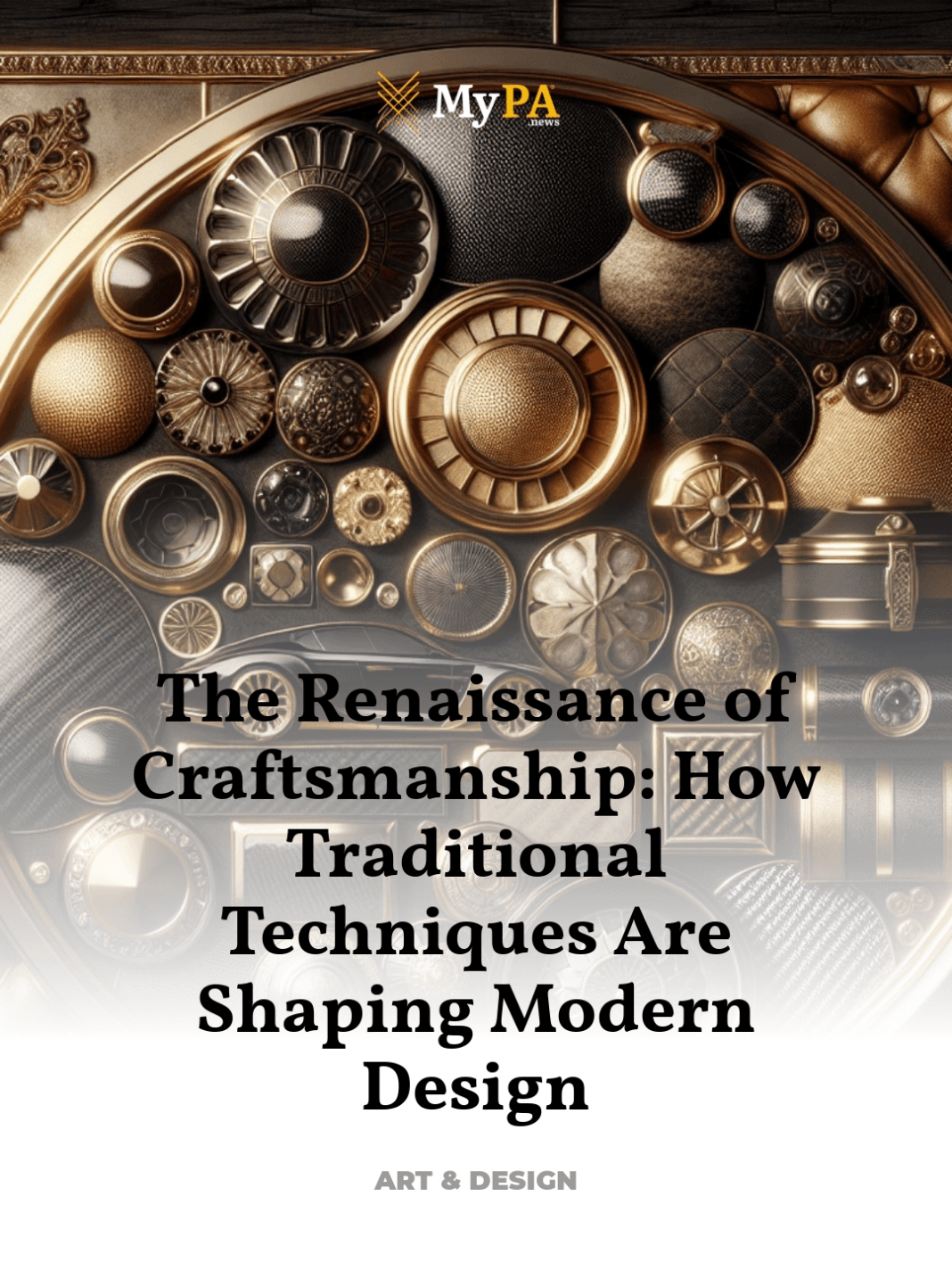Exploring the revival of artisan-led luxury design
In an era where mass production and digital technologies dominate, a quiet but powerful resurgence of traditional craftsmanship is making waves in the realm of luxury design. This revival is not just about aesthetics; it’s a profound celebration of heritage, meticulous skill, and the human touch in creating exquisite objects that stand the test of time.
- Historical Context: The Roots of Artisanal Excellence
- Modern Revival: Traditional Techniques in Contemporary Design
- Key Figures and Institutions Driving the Renaissance
- Impact on the Luxury Market and Consumer Preferences
- Future Perspectives: Sustaining Craftsmanship in a Digital Age
Historical Context: The Roots of Artisanal Excellence
The tradition of craftsmanship dates back centuries, rooted in local cultures and enriched by the skills passed down through generations. From the intricate woodwork of Japanese joinery to the fine embroidery of French couture, each technique carries stories of cultural identity and artistic endeavor.
The Influence of Global Craft Traditions
Throughout history, various regions have developed unique craft techniques that reflect their cultural ethos and environmental needs. For instance, the meticulous detail found in Italian leatherwork or the robust elegance of British stonemasonry showcases a blend of functional necessity and artistic expression that defines luxury.
Modern Revival: Traditional Techniques in Contemporary Design
Today, there is a growing appreciation for products that embody the artisan’s touch. Designers and luxury brands are increasingly incorporating traditional craftsmanship techniques to offer distinctive, personalized experiences that contrast sharply with the uniformity of mass-produced items.
Case Studies: Artisans at the Forefront
Renowned brands like Hermès have long celebrated craftsmanship, with their hand-stitched leather goods becoming symbols of luxury and durability. Similarly, small-scale artisans such as the glassblowers of Murano apply age-old techniques to create modern designs that captivate collectors worldwide.
Key Figures and Institutions Driving the Renaissance
Behind this resurgence are influential designers and artisans committed to preserving and evolving their crafts. Figures like Japan’s Tadao Ando, who integrates traditional Japanese carpentry into modern architecture, play a crucial role in this movement.
Educational and Cultural Institutions
Institutions such as the Royal College of Art in London and the École des Arts Décoratifs in Paris are pivotal in nurturing new talent who respect and innovate upon traditional techniques. These institutions not only teach skills but also instill a deep appreciation of the cultural narratives that accompany these crafts.
Impact on the Luxury Market and Consumer Preferences
The demand for handcrafted luxury goods is on the rise, driven by consumers seeking authenticity, quality, and sustainability. This shift is influencing market trends, with a notable increase in the valuation and desirability of artisan-made products.
Consumer Trends: A Return to Authenticity
Today’s luxury consumers are more informed and conscious about the origins and making of the products they purchase. This discernment is leading to a preference for items that tell a story of craftsmanship, heritage, and enduring value.
Future Perspectives: Sustaining Craftsmanship in a Digital Age
As we advance technologically, the challenge and opportunity lie in integrating these age-old techniques with new tools and processes. Innovations such as 3D printing in ceramic and metalwork offer new ways for artisans to explore and expand their craft without losing the essence of their traditional practices.
Preserving Craftsmanship for Future Generations
Programs aimed at preserving and documenting these skills are crucial. Partnerships between luxury brands and artisan communities can also provide the necessary support to keep these traditions alive, ensuring that the legacy of craftsmanship continues to enrich our world.
For further exploration into the world of modern craftsmanship and its impact on design, visit authoritative sources like the handcrafted luxury goods.



